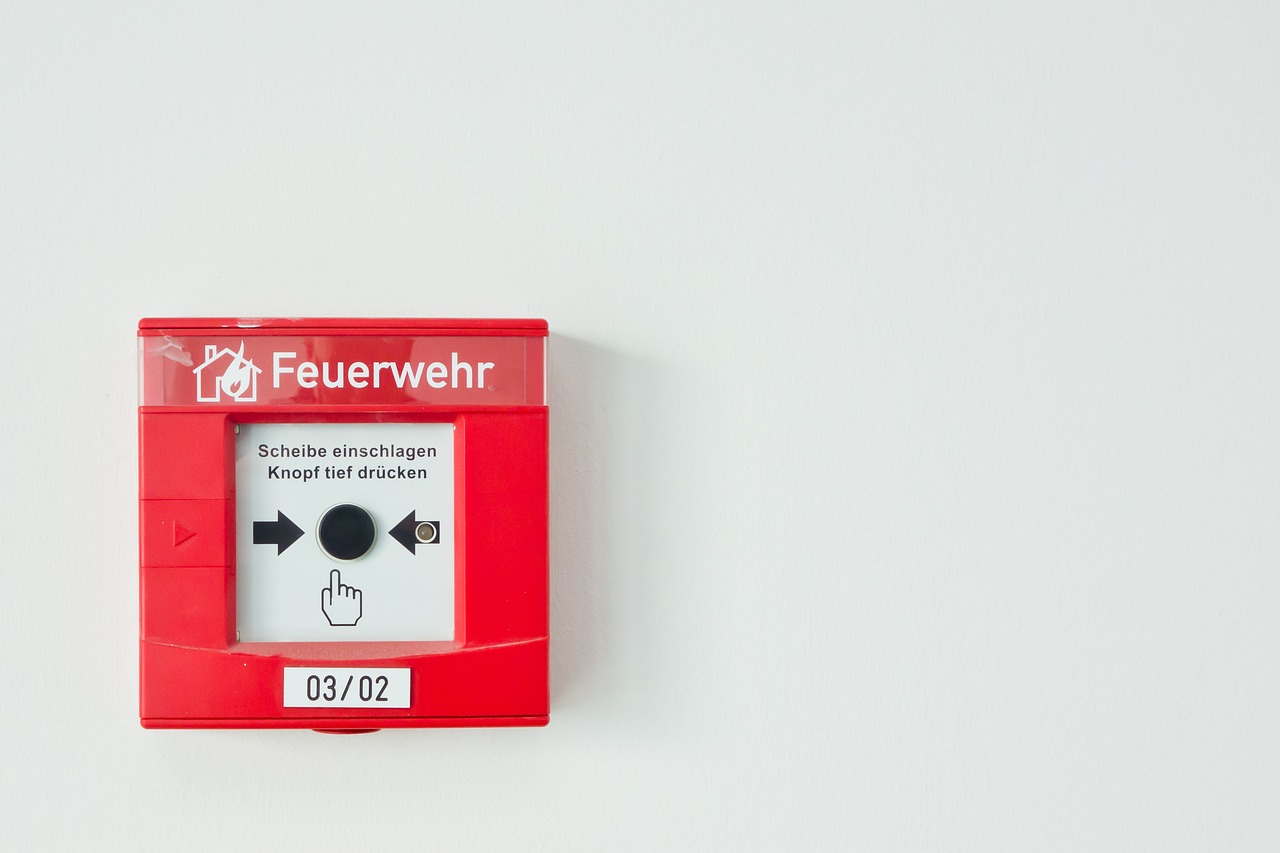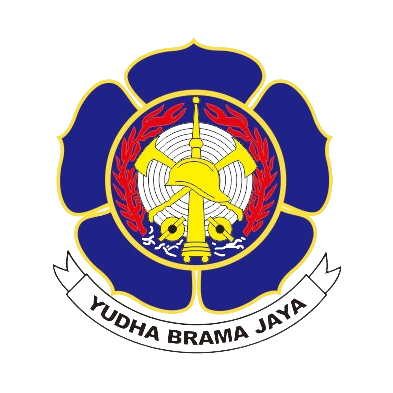Dinas Damkar Pringsewu Berhasil Laksanakan Pembersihan Drainase di Pasar

Dinas Damkar Pringsewu’s efforts in improving public infrastructure have taken a significant step forward as the agency recently completed a thorough drainage cleaning operation at the local market. This initiative is part of the city’s broader strategy to enhance environmental hygiene and ensure the smooth flow of water into the drainage systems, minimizing the risk of flooding and promoting public health.
Importance of Drainage Systems
Efficient drainage systems are crucial for urban areas, particularly during the rainy season. They allow rainwater to flow away from streets and marketplaces, reducing the likelihood of water accumulation that can lead to flooding. Furthermore, clean drainage helps prevent the blockage caused by rubbish and organic waste, which can create health hazards such as pest infestations and the spread of waterborne diseases.
Objectives of the Drainage Cleaning Initiative
Dinas Damkar Pringsewu aimed to achieve several key objectives through this drainage cleaning initiative:
- Public Health Improvement: By removing debris and waste from drainage systems, the initiative aims to reduce the risk of diseases spread by stagnant water.
- Flood Prevention: Clearing the drains helps facilitate better water flow during heavy rain, thereby minimizing flooding incidents in the marketplace and nearby areas.
- Environmental Sustainability: Properly maintained drainage systems contribute to cleaner urban environments by promoting efficient water management and minimizing pollution.
Implementation Process
The cleaning operation was meticulously planned and executed over several days, involving the following steps:
Site Assessment
Prior to commencing the cleaning process, a thorough assessment of the drainage systems within the market vicinity was conducted. This assessment involved identifying critical areas that were severely clogged and required immediate attention. Dinas Damkar’s team used their findings to prioritize the cleaning tasks.
Mobilization of Resources
Using specialized equipment, including high-powered water jets and vacuum trucks, the team ensured they could handle substantial blockages effectively. They also deployed safety gear for workers to protect them while working in potentially hazardous conditions.
Cleaning Procedure
The actual cleaning process involved flushing the drainage system with water jets to dislodge stubborn debris, followed by the manual removal of larger obstructions. Team members worked systematically, targeting each section of the drainage to ensure a comprehensive clean was achieved. The operation also included disposing of the waste material in an environmentally responsible manner.
Challenges Faced
Throughout the cleaning operation, Dinas Damkar Pringsewu encountered several challenges:
- Stubborn Blockages: Some areas contained heavy sediment and organic material that had accumulated over time, making them difficult to clear.
- Safety Hazards: Working in polluted water posed significant health risks to the team. Continuous monitoring of air quality and proper sanitation were crucial during the operation.
- Community Concerns: There were initial concerns among market vendors about disruptions to their business operations during the cleaning. However, Dinas Damkar managed to communicate effectively with stakeholders to minimize downtime.
Community Engagement
Dinas Damkar Pringsewu recognized the importance of involving the local community in their efforts. They organized informational sessions for market vendors and local residents, educating them on the significance of maintaining drainage systems and the health risks associated with improper waste disposal. This engagement fostered a sense of community ownership over local sanitation and hygiene issues.
Future Plans
Building upon the success of the drainage cleaning operation, Dinas Damkar Pringsewu has outlined future initiatives aimed at maintaining and improving urban infrastructure:
- Regular Maintenance Schedule: Implementing a routine cleaning schedule for drainage systems to prevent blockages from recurring.
- Public Awareness Campaigns: Conducting ongoing educational initiatives to inform the public about waste management practices and the importance of keeping drainage systems clear.
- Collaboration with Local Governments: Partnering with municipal authorities to integrate drainage maintenance into broader urban planning efforts.
The Impact of the Operation
The positive outcomes from this drainage cleaning initiative are already being felt around the marketplace. Improved water flow has significantly reduced instances of flooding during recent rain episodes, contributing to a safer shopping environment for consumers and vendors alike. Furthermore, the emphasis on environmental health has resonated within the community, inspiring other local entities to take similar actions regarding waste management and public space maintenance.
Conclusion
The effective execution of the drainage cleaning operation by Dinas Damkar Pringsewu serves as a critical model for other regions seeking to bolster their urban infrastructure and public health. By prioritizing cleanliness and efficient waste management, Dinas Damkar not only ensures a safer environment for local inhabitants but also promotes sustainable practices that pave the way for a healthier future.





